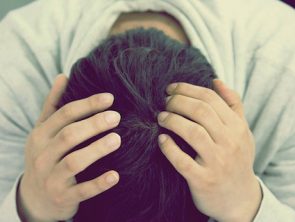Bipolar disorder, formerly known as manic-depressive illness, is a complex brain disorder that involves sudden mood shifts from high to low that impacts daily activites.
Overview
These dramatic mood swings, known as episodes, are referred to as stages of mania and depression. It most frequently develops in late adolescence or early adulthood, but may begin during childhood as well. These moods range from periods of extremely “up,” elated, irritable, or energized behavior to very “down,” sad, indifferent, or hopeless periods. Less severe manic periods are known as hypomanic episodes. Since the disorder is recurring, it is recommended to long-term treatment to help manage a balanced mood.
Types of Bipolar Disorder
There are three types of bipolar disorder. All three types involve clear changes in mood, energy, and activity levels:
- Bipolar I Disorder— defined by manic episodes that last at least 7 days, or by manic symptoms that are so severe that the person needs immediate hospital care. Usually, depressive episodes occur as well, typically lasting at least 2 weeks. Episodes of depression with mixed features (having depressive symptoms and manic symptoms at the same time) are also possible.
- Bipolar II Disorder— defined by a pattern of depressive episodes and hypomanic episodes, but not the full-blown manic episodes that are typical of Bipolar I Disorder.
Symptoms
Mania
- Euphoria
- Increased energy
- Restlessness
- Aggressive behavior
- Decreased need for sleep
- inability to concentrate
- Poor Judgment – Increase in risky behavior
- Feelings of superiority
Depression
- Sadness
- Hopelessness
- Anxiety
- Guilt
- Fatigue
- Change in appetite
- Loss of interest
- Suicidal thoughts
Did you know that the prevalence of Bipolar disorder in men and women is about equal
Get a personalized treatment plan that is designed for steady progress, with every phase promptly implemented.






